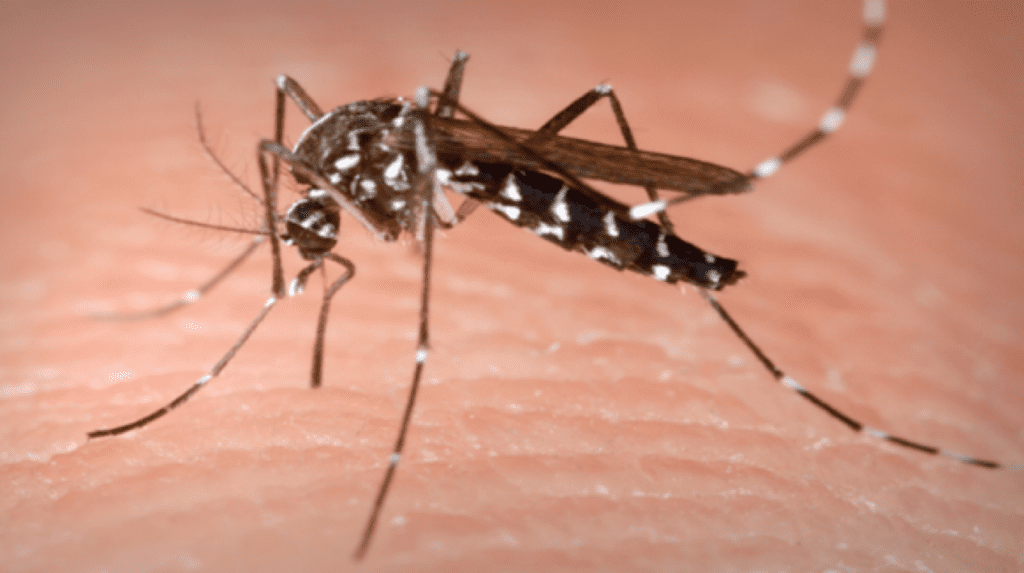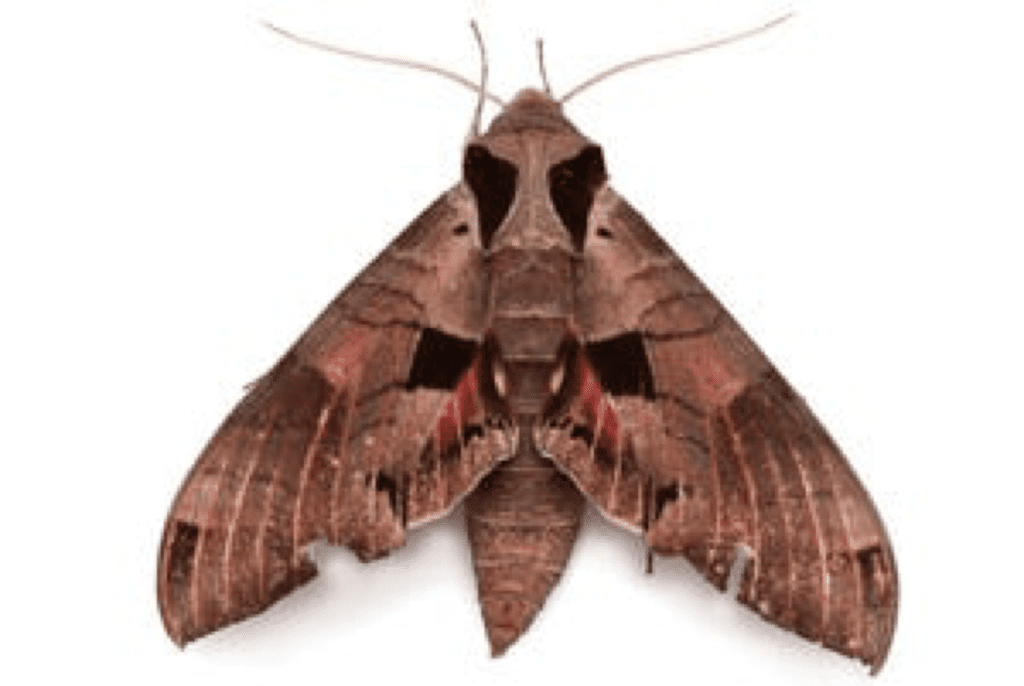Daniel Salzler No. 1112
EnviroInsight.org Three Items August 27, 2021
—————Feel Free To Pass This Along To Others——————
If your watershed is doing something you would like others to know about, or you know of something others can benefit from, let me know and I will place it in this Information newsletter.
If you want to be removed from the distribution list, please let me know.
Please note that all meetings listed are open.
Enhance your viewing by downloading the pdf file to view photos, etc. The attached is all about improving life in the watershed. If you want to be removed from the distribution list, please let me know. Please note that all meetings listed are open.
Enhance your viewing by downloading the attached pdf file to view photos, etc.
The attached is all about improving life in the watershed.
Read this newsletter at EnviroInsight.org
1. Monsoon Rains Brings On M &M’s – And Not The Chocolaty Kind. The increase in monsoons this season has been an incredible break from the high temperatures. However the rain has brought with it a pesky problem.
MOSQUITO’S
If you have noticed more mosquito bites lately, you are not wrong. Also, you probably have seen the increase in the number of moths flying around The valley has a problem and we can thank Monsoon 2021.

West Nile Virus (WNV) is transmitted to humans by the bite on an infected mosquito, however less than 1 percent of all mosquitoes are infected. Approximately 20 percent of people infected with West Nile Virus will feel symptoms. Most people who experience symptoms will have:
Fever Headache Body aches Nausea Vomiting
Sometimes swollen lymph glands or a skin rash on the chest, stomach and back.
Female mosquitoes lay eggs in stagnant water. The eggs are laid in the form of an egg raft. This raft is about the size of a very small piece of rice. From this raft, 400 mosquitoes may emerge. Depending on the type, mosquitoes can go from egg to adult to egg in four to 30 days.

Maricopa County Dept of Environmental Services (MCDES) is asking for your help and working to educate the public on the best way to combat with mosquitoes. Everyone is encouraged to walk around your property and get rid of any standing water that you can. Pay close attention to everything that can collect water. Flower pot saucers, animal watering containers and even something as small as a water bottle cap can breed hundreds of mosquitoes.
“Make sure they check even potted plants, pets’ dishes, toys, if they have clutter in the backyard, tires or any buckets to make sure they empty those and clean those to not leave any mosquito eggs behind,” says MCDES Public Information Officer, Johnny Diloné. Experts say, there is some truth behind that. Research shows Type-O blood, dark clothing, body heat and sweat from exercising, certain types of bacteria on the skin, pregnancy, consuming beer, and heavy breathing will lure the nasty pests in your direction.
If you are feeling extra itchy from those mosquito bites, use calamine lotion, aloe, or over the counter hydrocortisone cream can help provide some relief.
MOTHS
Arizona has something like 218 different moths. Common moths include:




Gene Hall works with the largest collection of Arizona and northern Sonoran Desert insects in the world, says moths are nectar-eating insects. They are nocturnal and need light to find their way around at night.
“Moths are basically attracted to nectar feeders and pollinators. So they’re going to be attracted to a variety of different plants,” Hall said.
“And the main reason why a lot of people see moths especially at night is because, like a lot of insects, they navigate by night by using any light and especially these artificial light sources like our porch lights or lights in our homes.”
You don’t have to worry about hungry moths destroying your plants. In fact, moths play an important role in the ecosystem.

“Insects like moths are an important food source for other animals,” Hall said. “Birds eat moths, bats eat mosquitoes, all these non-insect groups, mammals, reptiles and amphibians, they feed on insects. And so they’re all connected with each other.
“And insects feeding on plants in the desert make them kind of like natural pruners of the plants. They’re not going to do enough damage. In general, insects don’t want to kill off the food plant that they’re feeding on entirely because that means they have to go find another food plant to feed on.
“And also various species of moths are pollinators. And so you have like the sphinx moth, the big hawk moths that come out at night, those are going to cactus flowers and such.” “And also various species of moths are pollinators. And so you have like the sphinx moth, the big hawk moths that come out at night, those are going to cactus flowers and such.”
Moths do not bite. The way their mouthparts are developed, they don’t have chewing mandibles as other insects do, Hall said.
How to get rid of moths
- Don’t use pesticides or chemical controls. Adapt your surroundings to prevent moths from swarming your house if they bother you.
- Turn off exterior lights when they’re not needed. Consider replacing bright lights with yellow bulbs, which can be found at hardware stores. Hall said yellow light bulbs are not as attractive to moths.
- Turn off interior lights when not in use OR close the blinds. Moths are attracted to indoor lights even from the outside.
- Make sure there are no holes or gaps in screens and windows.
- Be mindful when going in and out of your house to avoid letting moths in.
Source: azcentral.com
2. Geologists Dig Into Grand Canyon’s Mysterious Gap In Time. A new study led by the University of Colorado Boulder reveals the complex history behind one of the Grand Canyon’s most well-known geologic features: A mysterious and missing gap of time in the canyon’s rock record that covers hundreds of millions of years.
The research comes closer to solving a puzzle, called the “Great Unconformity,” that has perplexed geologists since it was first described nearly 150 years ago.
Think of the red bluffs and cliffs of the Grand Canyon as Earth’s history textbook, explained Barra Peak, lead author of the new study and a graduate student in geological sciences at CU Boulder. If you scale down the canyon’s rock faces, you can jump back almost 2 billion years into the planet’s past. But that textbook is also missing pages: In some areas, more than 1 billion years’ worth of rocks have disappeared from the Grand Canyon without a trace.

Geologists want to know why.
“The Great Unconformity is one of the first well-documented geologic features in North America. But until recently, we didn’t have a lot of constraints on when or how it occurred.”
Now, she and her colleagues think they may be narrowing in on an answer in a paper published this month in the journal Geology. The team reports that a series of small yet violent faulting events may have rocked the region during the breakup of an ancient supercontinent called Rodina. The resulting havoc likely tore up the earth around the canyon, causing rocks and sediment to wash away and into the ocean.
It’s a mystery that goes back a long way. John Wesley Powell, the namesake of today’s Lake Powell, first saw the Great Unconformity during his famed 1869 expedition by boat down the rapids of the Colorado River.
Peak, who completed a similar research rafting trip through the Grand Canyon in spring 2021, said that the feature is stark enough that you can see it from the river.
“There are beautiful lines,” Peak said. “At the bottom, you can see very clearly that there are rocks that have been pushed together. Their layers are vertical. Then there there’s a cutoff, and above that you have these beautiful horizontal layers that form the buttes and peaks that you associate with the Grand Canyon.”
The difference between those two types of rocks is significant. In the western part of the canyon toward Lake Mead, the basement stone is 1.4 to 1.8 billion years old. The rocks sitting on top, however, are just 520 million years old. Since Powell’s voyage, scientists have seen evidence of similar periods of lost time at sites around North America.
“There’s more than a billion years that’s gone,” Peak said. “It’s also a billion years during an interesting part of Earth’s history where the planet is transitioning from an older setting to the modern Earth we know today.”
To explore the transition, Peak and her colleagues employed a method called “thermochronology,” which tracks the history of heat in stone. Peak explained that, when geologic formations are buried deep underground, the pressure building on top of them can cause them to get toasty. That heat, in turn, leaves a trace in the chemistry of minerals in those formations.
Using this approach, the researchers conducted a survey of samples of rock collected from throughout the Grand Canyon. They discovered that the history of this feature may be more convoluted than scientists have assumed. In particular, the western half of the canyon and its eastern portion (the part that tourists are most familiar with) may have undergone different geologic contortions throughout time.
Roughly 700 million years ago, basement rock in the west seems to have risen to the surface. In the eastern half, however, that same stone was under kilometers of sediment.
The difference likely came down to the breakup of Rodina, a gigantic land mass that began to pull apart at about the same time, Peak said. The researchers results suggest that this major upheaval may have torn at the eastern and western halves of the Grand Canyon in different ways and at slightly different times — producing the Great Unconformity in the process.
Other coauthors of the new study included John Cottle and Francis Macdonald of the University of California, Santa Barbara.
Story Source:
Materials provided by University of Colorado at Boulder. Original written by Daniel Strain. Note: Content may be edited for style and length.
3. Astroshed: August’s Full Moon. This newsletter is being released a little after the

height of the full moon is seen in the night sky. This month’s moon is known as the Sturgeon Moon. The Sturgeon Moon is so named as this is the time of year when the giant Sturgeon fish are running in the northern lakes and rivers in the U.S.
Copyright EnviroInsight.org 2021
